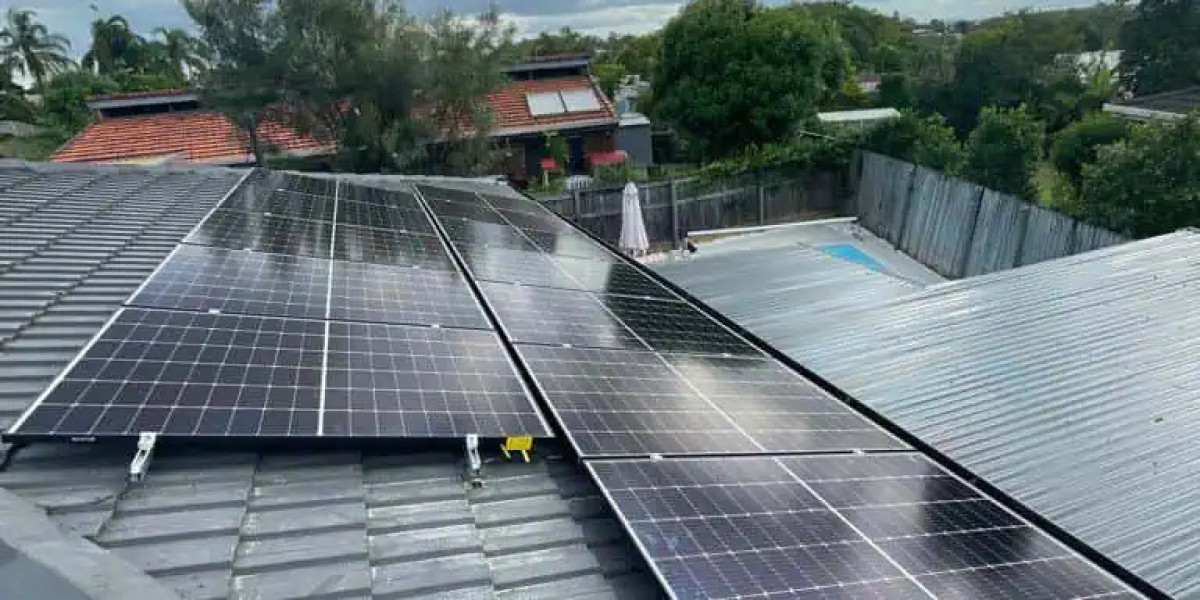As power prices continue to climb across Australia, homeowners and business owners alike are looking for smarter ways to manage energy costs. One of the most effective solutions is right above your head—literally. Rooftop solar panel installations have become a go-to strategy for cutting electricity bills, boosting energy independence, and achieving long-term financial returns.
In this article, we’ll explore how rooftop solar works, how it reduces your power bills, and why more Australians are turning to the sun for savings.
How Rooftop Solar Panels Work
Rooftop solar systems consist of photovoltaic (PV) panels that convert sunlight into direct current (DC) electricity. An inverter then converts DC into alternating current (AC), which powers your lights, appliances, and devices.
If your system produces more energy than you need at a given time, that excess electricity can be exported to the grid—earning you credits (a process called net metering) or stored in a solar battery for later use.
How Solar Panels Cut Your Power Bills
Installing solar panels doesn’t just reduce your dependency on the grid—it actively replaces paid electricity with free solar energy. Here's how that translates into savings:
1. Reduced Energy Usage from the Grid
Every kilowatt-hour (kWh) your panels generate is a kWh you don’t have to buy from your utility. Depending on your system size and usage habits, you could offset up to 100% of your power consumption.
2. Feed-in Tariffs for Excess Power
When your solar system generates more energy than your home consumes, that surplus is fed back into the grid. Most Australian energy providers offer feed-in tariffs, which reduce your power bill even further.
3. Daytime Usage = Maximum Savings
Most solar energy is produced during the day—when many households and businesses consume the most power. Smart usage patterns (e.g., running appliances during daylight hours) can maximize your savings potential.
4. Solar Battery = Evening Savings
With a solar battery, you can store unused solar energy during the day and use it at night, reducing your need for costly grid electricity even after sunset.
What Kind of Savings Can You Expect?
While savings depend on several factors (location, system size, energy use), many Australians experience:
- 30% to 70% reduction in power bills
- Payback periods of 3–5 years
- Lifetime savings ranging from $20,000 to $60,000+
With solar panels lasting 25 years or more, that’s decades of free energy after you recover your initial investment.
Government Incentives Make It Easier Than Ever
The Small-scale Renewable Energy Scheme (SRES) offers upfront discounts on solar systems through STCs (Small-scale Technology Certificates). Many states and territories also offer additional rebates, making solar more affordable in 2025 than ever before.
Combined with low-interest green loans and flexible finance plans, the upfront barrier to solar has been significantly reduced.
Environmental Benefits That Pay Off
Cutting power bills is just the start. Installing solar also reduces your carbon footprint, supporting Australia's transition to a cleaner energy future. Just one average rooftop system can offset 3 to 4 tonnes of CO₂ per year—the equivalent of planting over 100 trees annually.
Solar Increases Property Value
Studies have shown that homes with solar systems are more attractive to buyers and may sell for higher prices. For many homeowners, solar is not just a way to save—it’s an investment in real estate value.
Case Study: How Much Can a Typical Home Save?
Let’s take a common scenario:
- Location: Brisbane, QLD
- System Size: 6.6 kW
- Average Daily Usage: 20 kWh
With this setup:
- Up to 80% of electricity use can be offset
- Monthly savings: ~$150 to $200
- Annual savings: ~$2,000+
- Payback period: ~4 years
- Estimated 20-year savings: $40,000+
Smart Tips to Maximize Savings
- Install a smart meter to track usage patterns
- Use heavy appliances (dishwashers, washing machines) during the day
- Consider a battery system if you’re away during sunlight hours
- Maintain panels with regular cleaning to ensure maximum output
- Work with a trusted solar installer to design an efficient, tailored system
From Rooftop to Return: Solar Pays You Back
Solar panels are more than an eco-friendly upgrade—they’re a powerful financial tool. By capturing the sun’s energy, you dramatically reduce your reliance on traditional energy sources and shield yourself from rising electricity prices.
Residential Solar vs. Traditional Energy: A Cost Comparison Guide
From Sunlight to Savings: How Residential Solar Works








